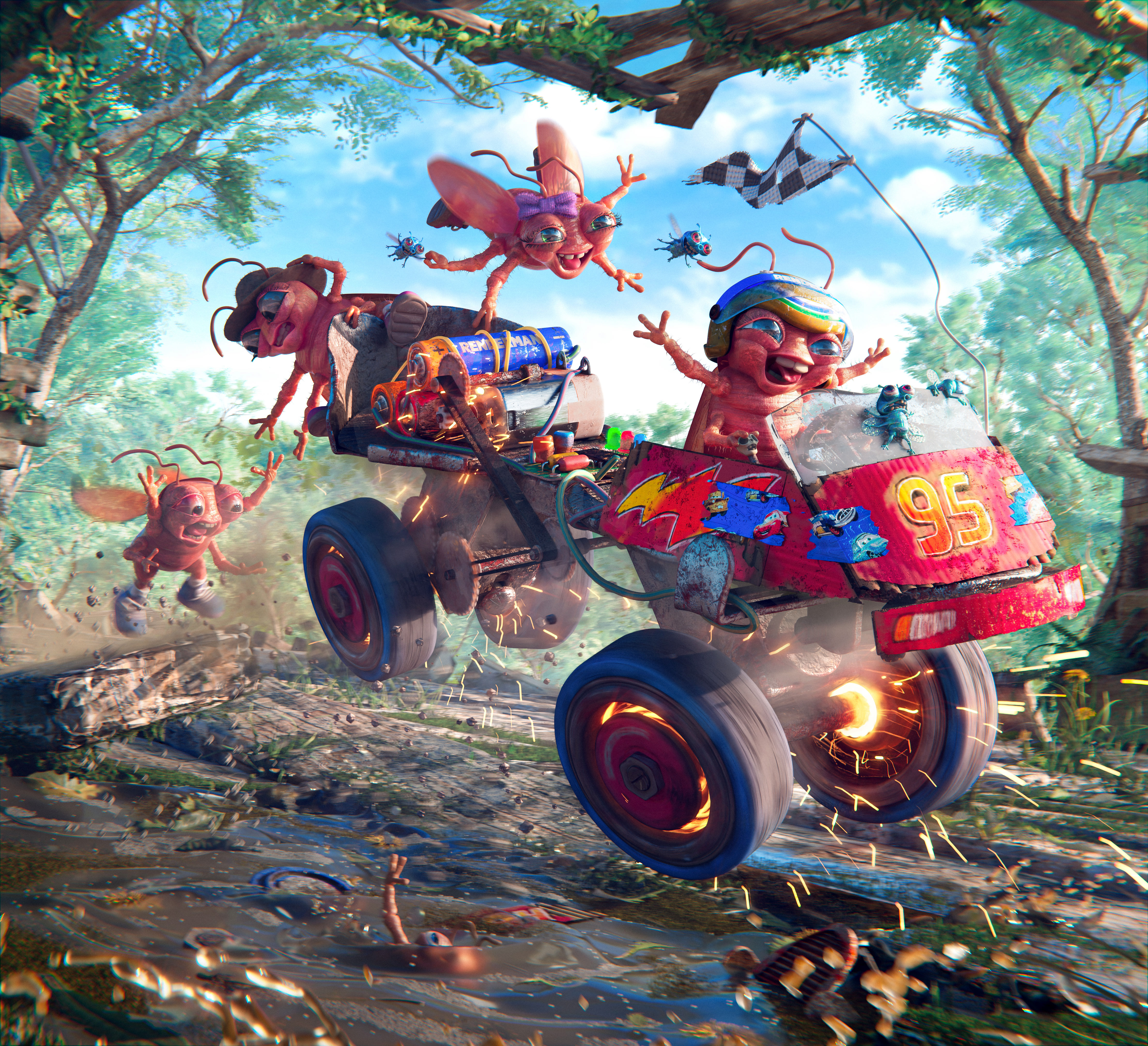

Political influence of the Nile river across eastern Africa; from the basin to the Mediterranean, those who control the water control everything downstream

A site burdened with genocidal trauma turned international bridge and power station


A kit of parts

Subversive media station hidden in decommissioned turbines







This story begins with disruption. At the height of the 1994 Rwandan Genocide, the largest mass migration within a single 24-hour period was funneled across a single-lane bridge connecting Rwanda and Tanzania in the town of Rusumo; Hutus fearing retribution for their crimes sought safety behind the borders. But how did we arrive here?
The Rusumo International Bridge is located at the border between Rwanda and Tanzania. It replaced the existing single lane Rusumo Bridge in 2014, the site of the largest human migration in a single 24-hour period in modern history during the Rwandan genocide. At this same site, a hydroelectric dam is currently under construction, meant to supply electricity to three nations: Rwanda, Tanzania, and Burundi. While this will be the largest electricity project in the upper Nile basin, the intentions of the project have come under seige. There has been no way to ensure accountability for the distribution of energy to ensure an equitable and just distribution. Many members of the local community in Rusumo, have also complained that residents were not consulted prior to the construction. Sitting in international waters, per se, the governance structures impacting the authority of the dam are also unclear; those at the top of the river control everything else down stream.
This intervention within in the dam exists as a parasite, one that leeches energy from site as a way to provide accessible media for Rwandans. While this would not deter energy from being returned to the people, it would subvert the existing power and authority of the divisive government not working in the best interest of it’s people. Instead that power is handed over to the Rwandan public as a way to reclaim heritage and increase access to local education.
Nearly twenty five years since the Rwandan genocide has passed, yet to this day, the country still struggles creating a unified identity, free of colonial ties. A divide created by outsiders and perpetuated by the media, has left the many inhabitants of Rwanda scarred. Today, children and young adults make up nearly half of the population of 12 million. Forty percent of the population lives below the poverty line, and only thirteen percent of the population has access to electricity. There has been a disconnect as a result of the genocide, many young people lacking the stories and history that their culture has been built upon, the dividing lines between Hutu and Tutsi ever-present. While freedom of speech and press is recognized, there are some exceptions. Many journalists have faced government harassment, especially relating to issues on identity and the genocide, leading many to self-censor. While local publishing houses and artist collectives have risen in popularity, they still remain relatively small and inaccessible. As a response, this architectural intervention proposes a pop-up media center that evades government detection, to allow artisans, journalists, and young people to create work outside of top-down censorship that reaches not only local Rwandans, but Rwandans across africa who have been displaced since the genocide diaspora.





